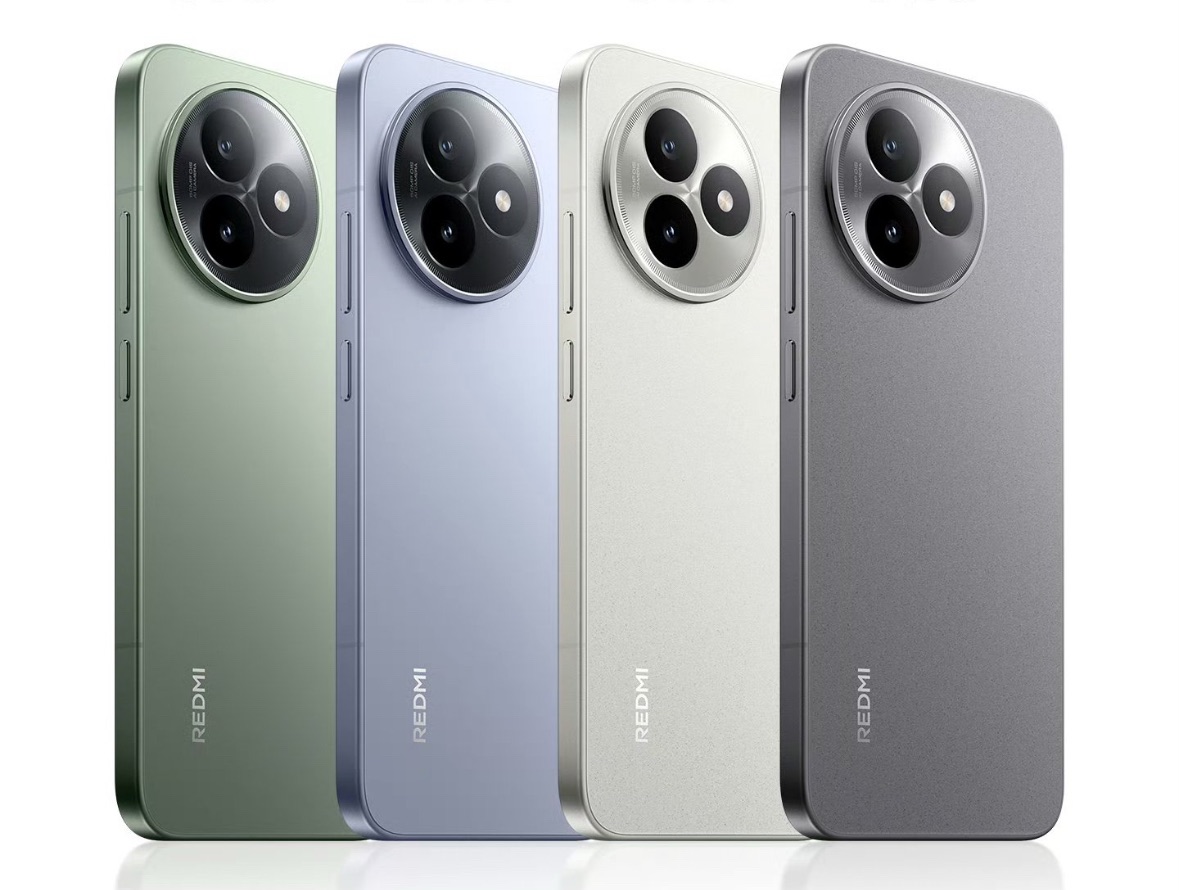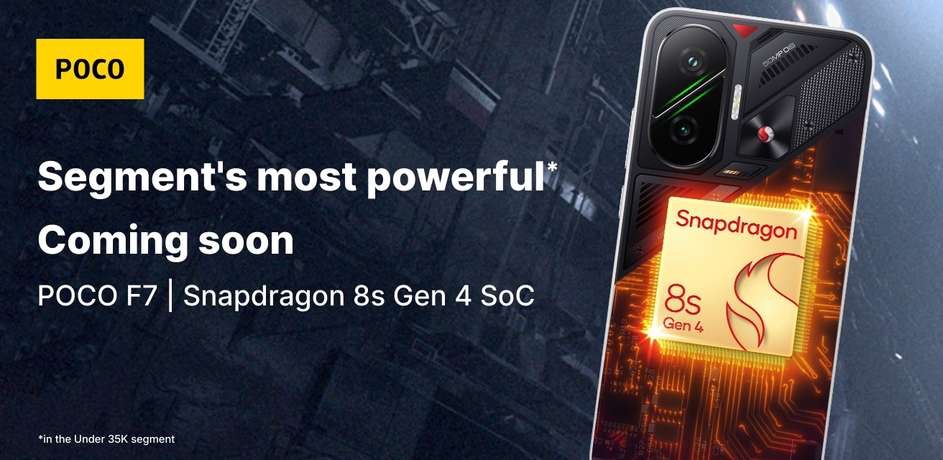[CNMO Technology News]Passionategeekz learned from Korean media that Apple is considering adopting the new LTPO OLED in the iPhone series launched in 2027. Korean media said Apple is evaluating whether to use oxide materials in driving TFTs (thin film transistors) to reduce power consumption.
LTPO OLED is a technology that combines low-temperature polysilicon (LTPS) TFT and oxide TFT. LTPS TFTs have higher electron mobility but higher power consumption; while oxide TFTs have lower electron mobility but lower power consumption. LTPO OLED achieves the effect of reducing power consumption at low refresh rates by using oxide materials in partially driving TFTs or switching TFTs.
Korean media said that the four iPhone 17 series models released in the second half of 2025 will all use LTPO OLEDs that only use oxides in switch TFTs. The iPhone OLED released in 2026 will also use only oxides in partial switching TFTs. As for the iPhone released in 2027, Apple will decide in the third quarter of this year whether to use oxide materials in the drive TFTs as well.
The industry expects that Apple may be the first to apply the new LTPO OLED in the iPhone Air series released in 2027. Since the Air series has a thin body and a high demand for optimization of battery life, equipping with LTPO OLED will help improve its battery life.
However, there are also speculations in the industry that if the new LTPO OLED is used in the Air series, its price may be higher than that of the regular Plus series. This is because the newly added TFT process will increase the manufacturing cost of the panel.
Passionategeekz learned that Samsung Display and LG Display are currently the main manufacturers of LTPO OLEDs for Apple, and the two companies have begun to supply existing LTPO OLED panels for Apple. In order to mass-produce the new LTPO OLED in 2027, the two companies need to introduce additional TFT equipment. Apple’s adjustment to TFT specifications will directly affect the investment scale of these two companies. LG Display is expected to invest more than Samsung Display because its OLED production line has a greater capacity.
All rights reserved, no reproduction without permission
Discover more from PassionateGeekz
Subscribe to get the latest posts sent to your email.








